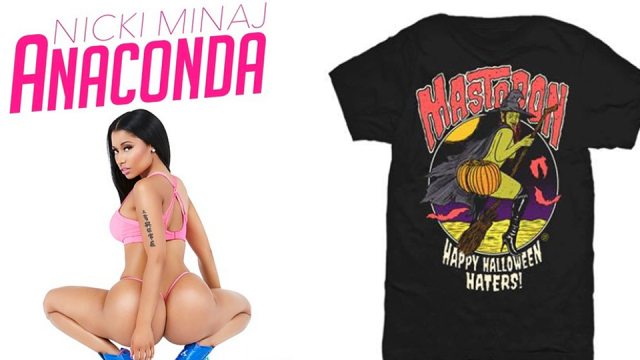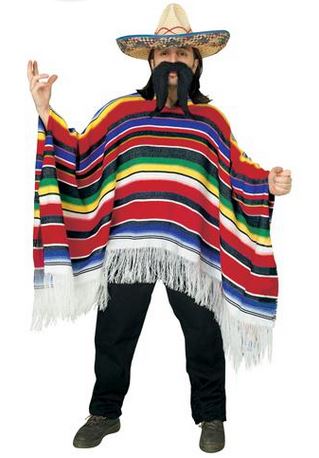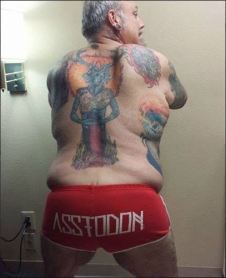I think it’s fair to say that the most common themes in music, throughout every decade of music existing as a pop culture commodity, have been lust and heartbreak. These are two of the most raw and relatable human emotions, leading to their frequent expression through artistic mediums. Often in music, these emotions are taken to their extremes when expressed, and become expressions of dark fantasies or drastic retaliations. The fact that these kinds of songs happen isn’t news and it’s not shocking that it still happens, however, there needs to be a distinction between art or expression and commercialized perpetuations of sexual violence.
The two most recent um, artists (?), that I want to compare are Maroon 5/Adam Levine + Friends, and Robin Thicke/Robin Thicket because that’s what Microsoft Word wants to call him and I like it better. Both Levine and Thicket (I won’t stop, really It’s so much better) have a popular recent history of criticism for their videos.
Adam Levine sparked controversy first with Maroon 5’s video for “Misery” which features him being chased down and abused by his girlfriend (then real life girlfriend), and then again in the most recent video for “Animals,” in which he is a meat butcher who stalks a woman (his real life wife) while singing about preying on her and telling her not to deny the animal he brings out inside of her. These videos both are highly, highly, problematic. “Misery” completely trivializes domestic violence as some kind of entertaining game, while also using the woman as the aggressor to somehow make the act seem like a less significant offense, while hyping up the woman’s sexuality to give the whole thing more sex appeal. Then in “Animals,” the woman is sexualized again, compared to an animal and a piece of meat, however I would argue that now there’s an extra layer of complexity given that Levine, the male, is sexualized to an equal extent as the female. Also, while the woman is suggested to be desired like a piece of meat, Levine’s stalker character is the only character in the video to be visually equalized to meat, the main signifier being that he’s hanging off the meat hooks half nude and covered in blood in an attempt to make him indistinguishable from the dead cow carcasses. This all fits into a sick rape fantasy by Levine’s character, participating in a “rape culture” which works within patriarchy to foster acceptance sexual harassment and violence against women. But it has to be understood that this is a fictional narrative, with the purpose of telling a horror story. Maybe framing the story as a horror narrative, something is done in the psyche to inform the audience that yes, stalking and intent to rape is a horrific thing. That still doesn’t justify the lyrics and oversexualization, but it can’t be completely ignored. No part of rape culture can be justified, however I would argue that because Maroon 5’s “Animals” has levels of complexity, is attempting to tell a narrative story to the point that they hired the director of the latest Nightmare on Elm St. to direct the video, it has artistic merit. While it perpetuates rape culture, and that is problematic, it is not indulging in it the way that Mr. Thicket’s video is.
The comparisons between “Animals” and “Blurred Lines” were quick to be made online, however I think we need to understand that these are two very different things. While there is an overarching problem of rape culture persisting in popular media, videos like “Animals” that attempt to express sexually aggressive but vague and generic sentiments, even when highly misogynistic, still are fictional narratives. “Animals” in particular is explicitly a horror narrative, meant to be horrific, which may be a positive aspect of it that stalking and raping are seen as horrific and creepy, and not happy and a man’s right to do. On the other side of this is the Uber-creep Thicket whose content is not “suggestive” at all, but is instead very directly and openly misogyny and harassment. He is directly harassing and violating a human being in the public eye. If you were pissed about Jennifer Lawrence’s nudes being leaked, then you should be equally pissed about the privacy violation that Paula Patton is being subjected to.
There is room to discuss how the work of both Levine and Thicket are problematic, but it needs to be understood that Adam Levine is creating a fucked up attempt at art, which is much more complex and worthy of discussion about how it can contribute to rape culture and what needs to change, while Thicke (real name now cause we’re gonna bring it on home) is openly taking pride in his participation, privilege, and perpetuation of rape culture. Thicke is not creating art, or any kind of narrative to interpret. He is making his personal life public at Paula Patton’s expense and attempting to commercialize her misery and his stalking/abuse.
There is no question as to the artistic merit of Thicke’s work, because there is no art. There is complete product: sexual assault being sold to the masses. Levine should be discussed in an attempt to change the system of production that continuously creates rape culture products. Thicke should be thrown out of the system entirely.
Both of these choices are left up to the consumer. The silver lining in these stories seems to be that for now, consumers aren’t buying Thicke’s gross product, which means that product will fail, and the market will have to find something new. So maybe the discussion is working, and the market will change soon. Maybe not, given that the music industry has a long history of these types of rape culture productions. In the end though, the consumer has the power to vote with their dollar in telling the content producers what they want to see.
But hey, no one even pays for music anymore anyways and the companies get money from views on YouTube videos like the ones I’ve provided, which have to happen so that we can even discuss everything that I’m trying to talk about here. So who fucking knows what the future holds?



 So backtracking a little bit, the timely release of the independent film “Dear White People” directly dealt with the issue of appropriation. SPOILER ALERT. The climax of the film was a frat party, based off of numerous real parties that are displayed in the end credits, where white students get together in full black face, costumed as various “black” caricatures such as rappers and gangsters, in order to push back against black students who are protesting campus racism. In the climactic scene, much of the films “say more show less” style flips around, and the implications of what is happening are left to sit with the audience for contemplation. The only moment of the scene where a character directly articulates any kind of way to feel toward the audience is when CoCo says that for a night, the white people got what they wanted, which was to be black. Ultimately, the character is suggesting that appropriation happens because white people really just want to be black.
So backtracking a little bit, the timely release of the independent film “Dear White People” directly dealt with the issue of appropriation. SPOILER ALERT. The climax of the film was a frat party, based off of numerous real parties that are displayed in the end credits, where white students get together in full black face, costumed as various “black” caricatures such as rappers and gangsters, in order to push back against black students who are protesting campus racism. In the climactic scene, much of the films “say more show less” style flips around, and the implications of what is happening are left to sit with the audience for contemplation. The only moment of the scene where a character directly articulates any kind of way to feel toward the audience is when CoCo says that for a night, the white people got what they wanted, which was to be black. Ultimately, the character is suggesting that appropriation happens because white people really just want to be black.